Dukes of Medinaceli Palace, discover the history and historic centre
Dukes of Medinaceli Palace, discover the history and historic centreDeclared a Site of Cultural Interest — Хельдо
The Dukes of Medinaceli Palace dates back to the 15th century when the town was governed by the Valterra family. It’s a very solid-looking building with a square floor plan and made of masonry and ashlar. The walls reflect the partial structure of a cylindrical tower and a few structures that seem to have been lookout posts to defend the building.
Prior to the Reconquista, Gelda and the other Islamic villages in the rest of the Alto Palancia region were controlled by Çeyt Abuzeyt as the entire population was Morisco.
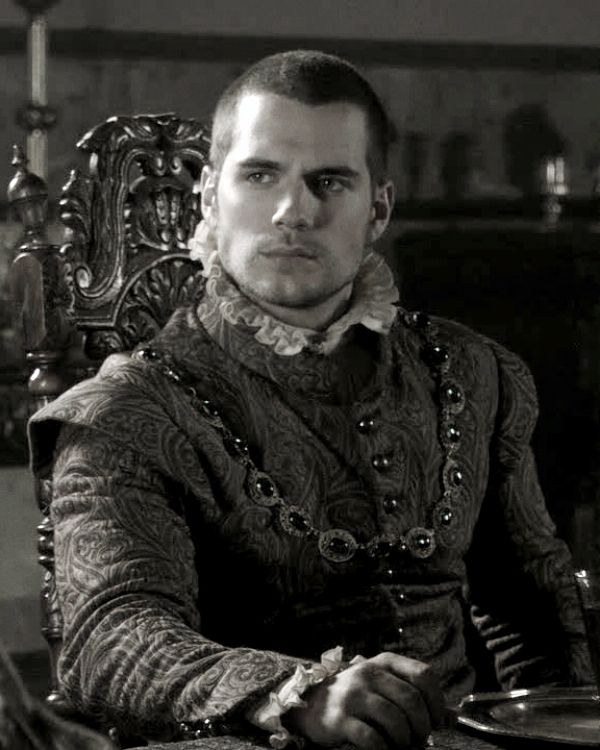 As an example of its social importance, the Bishops of Segorbe would spend the night before taking possession of their diocese in this palace and then enter the city of Segorbe by donkey the next morning. At the end of the 19th century, Bishop Massanet was the last to honour this tradition. This building was later used as a café/casino with a hall for local weddings, a textile factory, a municipal warehouse, an improvised museum as well as the town hall in addition to a home for needy families, a discotheque and the headquarters of various local associations. It’s located in the historic centre of Geldo with the facades overlooking the Plaza del Horno square and the streets crossing it. On the back it borders the irrigation rill. The building seems to have been erected over what was initially a defensive tower with a square layout around which the palace was built with defensive elements in the 15th century. It has a square floor plan and three stories, occupying an area of 629.00 m² with a 131.
As an example of its social importance, the Bishops of Segorbe would spend the night before taking possession of their diocese in this palace and then enter the city of Segorbe by donkey the next morning. At the end of the 19th century, Bishop Massanet was the last to honour this tradition. This building was later used as a café/casino with a hall for local weddings, a textile factory, a municipal warehouse, an improvised museum as well as the town hall in addition to a home for needy families, a discotheque and the headquarters of various local associations. It’s located in the historic centre of Geldo with the facades overlooking the Plaza del Horno square and the streets crossing it. On the back it borders the irrigation rill. The building seems to have been erected over what was initially a defensive tower with a square layout around which the palace was built with defensive elements in the 15th century. It has a square floor plan and three stories, occupying an area of 629.00 m² with a 131.
Данные
Узнайте о Кастельоне подробнее
Планируйте путешествие
Электронный портал/Портал доступа
Duchess of Medinaceli’s Emerald Pendant
~ Saad719
Today marks the 75th Birthday of Princess Maria da Glória de Orleans-Braganza , Duchess of Segorbe! The Brazilian Princess who became the Crown Princess of Yugoslavia and is now married into an illustrious Spanish Duke, having had access to some spectacular jewels, Princess Maria da Glória now usually wears this spectacular cabochon Emerald Pendant, which we are featuring today!
A post shared by @royaltyandprotocol
A post shared by Royalisticism (@royalisticism)
A post shared by @royaltyandprotocol
A post shared by Краљевски дом Карађорђевића 🇷🇸 (@royal.
serbia)
But first, lets learn about Princess Maria da Glória! The daughter of Prince Pedro Gastón de Orleans-Braganza and Princess María de la Esperanza de Borbón-Dos Sicilias, making her a great-granddaughter of Isabel, Princess Imperial of Brazil, and a niece of the Countess of Barcelona, the Duchess of Braganza, the Countess of Paris, Infante Alfonso, Duke of Calabria and Princess Alice of Bourbon-Parma, and Princess Isabel Alfonsa of Bourbon-Two Sicilies, as well as the first cousin of King Juan Carlos of Spain, the Duke of Braganza, the late Duke of Calabria, Princess Diane of Orléans, Duchess of Württemberg, Princess Claude, Duchess of Aosta, and Princess Anne of Orléans, Duchess of Calabria. Growing up between Palacio do Grão Pará in Petrópolis and the Palais d’Orléans-Bourbon in Villamanrique de la Condesa, Princess Maria da Glória married Crown Prince Alexander II of Serbia, the only son of King Peter II of Yugoslavia and Princess Alexandra of Greece, in 1972, and the couple had three sons; Hereditary Prince Peter, and Prince Philip, Prince Alexander, before their divorce in 1985. That same year, Princess Maria da Glória married Ignacio Medina y Fernandez de Cordoba, the 19th Duke of Segorbe, son of the XVIII Duchess of Medinaceli and Rafael de Medina y Vilallonga, with whom she had two daughters; the Countess of Ampurias and the Countess of Ricla. Despite being the fourth son of the Duchess of Medinaceli, the Duke of Segorbe, who inherited one of his mother’s lesser titles, is the current Head of the Casa Ducal de Medinaceli Foundation, and has expelled his great-niece, the current Duchess of Medinaceli, and nieces and nephews, including the Duke of Feria, from management of the Foundation. The Duke has been involved in the restoration of many family properties, and the couple resided at the Palacio de Moratalla for many years. We wish HRH a very Happy Birthday and Many Happy Returns!
That same year, Princess Maria da Glória married Ignacio Medina y Fernandez de Cordoba, the 19th Duke of Segorbe, son of the XVIII Duchess of Medinaceli and Rafael de Medina y Vilallonga, with whom she had two daughters; the Countess of Ampurias and the Countess of Ricla. Despite being the fourth son of the Duchess of Medinaceli, the Duke of Segorbe, who inherited one of his mother’s lesser titles, is the current Head of the Casa Ducal de Medinaceli Foundation, and has expelled his great-niece, the current Duchess of Medinaceli, and nieces and nephews, including the Duke of Feria, from management of the Foundation. The Duke has been involved in the restoration of many family properties, and the couple resided at the Palacio de Moratalla for many years. We wish HRH a very Happy Birthday and Many Happy Returns!
A post shared by Royalisticism (@royalisticism)
A large Cabochon Emerald surrounded by diamonds, the Pendant is likely an Heirloom of the House of Medinaceli, and was pictured on Victoria Eugenia Fernández de Córdoba, the 18th Duchess of Medinaceli in a portrait at some point in the 1950s.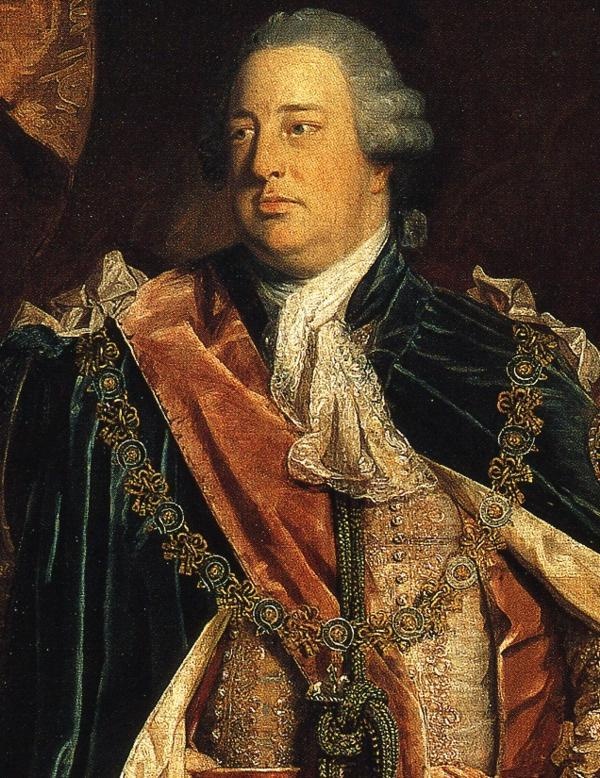 The head of the Casa de Medinaceli, one of the most important aristocratic families in Spain, the Duchess was the founder and honorary president of the Casa Ducal de Medinaceli Foundation, which manages the many Palaces and cultural heritage of the Medinaceli Family.
The head of the Casa de Medinaceli, one of the most important aristocratic families in Spain, the Duchess was the founder and honorary president of the Casa Ducal de Medinaceli Foundation, which manages the many Palaces and cultural heritage of the Medinaceli Family.
Embed from Getty Images
A post shared by Orléans e Bragança (@familiaorleansebraganca)
Louise G.
@LouiseGhislaine
The members of the imperial family of Brazil attended the wedding of Lady Gabriella Windsor in Windsor: https://t.co/jGpzhxQGDv https://t.co/negssCsrX6
10:16 PM · May 18, 2019
A post shared by Orléans e Bragança (@familiaorleansebraganca)
A post shared by Royalisticism (@royalisticism)
Grace Kelly — Princess Grace of Mon…
Please enable JavaScript
Grace Kelly — Princess Grace of Monaco — Bains de Mer Tiara — Royal Jewels Documentary
After the death of the Duchess of Medinaceli in 2013, it appears that the Cabochon Emerald Pendant has been inherited by the Duke of Segorbe. Princess Maria da Glória has notably worn the Emerald Pendant for the Wedding of her son, Prince Philip of Serbia, in Belgrade in 2017, at the Wedding of Lady Gabriella Windsor at Windsor Castle in 2019, and later that year for the Wedding of Dom Miguel Lasso de La Vega y Valdenebro, 5th Viscount of Dos Fuentes. Previously, Princess Maria da Glória had gotten a Tiara and some Emerald Jewels from her mother, Princess María de la Esperanza, which had been sent to Brazil in a tin by mail, and were sold at Auction in Geneva in 1982, so the Cabochon Emerald Pendant and the coordinating pear-shaped Emerald Earrings worn with them are Princess Maria da Glória’s grandest jewels. These is no doubt we will continue to see this spectacular Heirloom for years to come!
Princess Maria da Glória has notably worn the Emerald Pendant for the Wedding of her son, Prince Philip of Serbia, in Belgrade in 2017, at the Wedding of Lady Gabriella Windsor at Windsor Castle in 2019, and later that year for the Wedding of Dom Miguel Lasso de La Vega y Valdenebro, 5th Viscount of Dos Fuentes. Previously, Princess Maria da Glória had gotten a Tiara and some Emerald Jewels from her mother, Princess María de la Esperanza, which had been sent to Brazil in a tin by mail, and were sold at Auction in Geneva in 1982, so the Cabochon Emerald Pendant and the coordinating pear-shaped Emerald Earrings worn with them are Princess Maria da Glória’s grandest jewels. These is no doubt we will continue to see this spectacular Heirloom for years to come!
View this post on Instagram
A post shared by Orléans e Bragança (@familiaorleansebraganca)
Like this:
Like Loading. ..
..
Empress Elisabeth’s Diamond Stars
Princess Alexandra’s Sapphire Necklace
Leuchtenberg Sapphire Parure
Christmas at Sandringham
Greville Diamond Chandelier Earrings

Email Address
Announcement Aristocracy Belgium Countess of Wessex Crown Prince Fredrick Crown Princess Mary Crown Princess Victoria Denmark Duchess of Gloucester Duchess of Sussex Duke of Edinburgh Duke of Sussex Feature Film Flashback Germany Greece Italy Japan King Carl XVI Gustaf King Charles III King Felipe King Philippe King Willem-Alexander Luxembourg Monaco Norway Prince Daniel Prince of Wales Princess Alexandra of Kent, Lady Ogilvy Princess of Wales Princess Royal Queen Camilla Queen Elizabeth II Queen Letizia Queen Margrethe Queen Mathilde Queen Maxima Queen Silvia Queen Sonja Royal Jewel Royal Tour Spain State Visit Sweden The Netherlands Tiara Today in Royal History UK Wedding
Принцесса Мария да Глория, герцогиня Сегорбская, дала содержательное интервью сербской прессе .
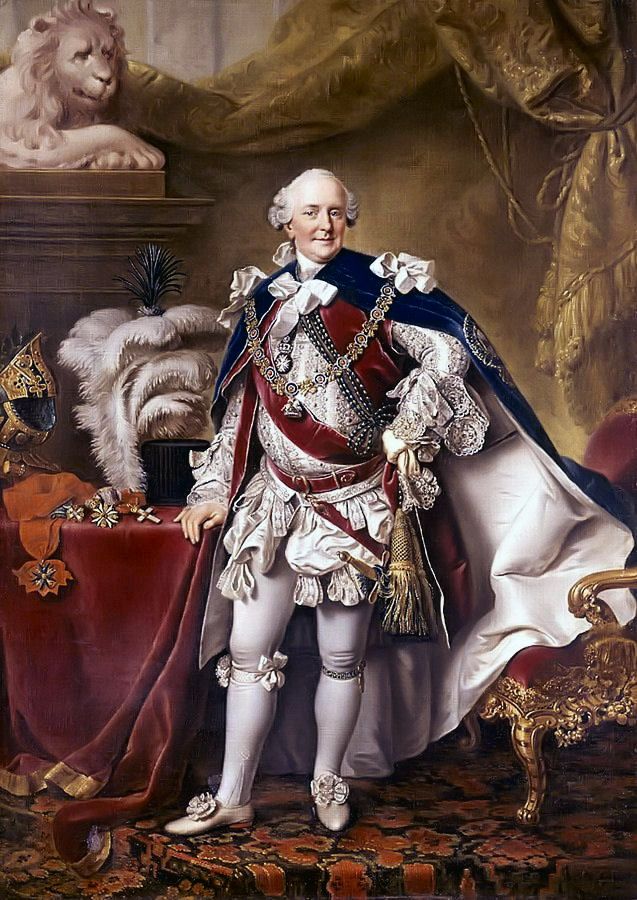 Принцесса завершала свой четвертый визит в Сербию: первый был в 2005 году на шестидесятилетие ее бывшего мужа кронпринца Александра, второй был в 2017 году на свадьбу ее сына и невестки наследного принца Филиппа и Наследная принцесса Даница, а третье было в 2018 году на крещении ее внука, принца Стефана Сербского.
Принцесса завершала свой четвертый визит в Сербию: первый был в 2005 году на шестидесятилетие ее бывшего мужа кронпринца Александра, второй был в 2017 году на свадьбу ее сына и невестки наследного принца Филиппа и Наследная принцесса Даница, а третье было в 2018 году на крещении ее внука, принца Стефана Сербского. Четвертый визит Марии да Глории в Сербию был довольно неожиданным. Принцесса была в Венеции со своим мужем, герцогом Сегорбе. Во время ужина Мария узнала, что ее сын попал в больницу. Она сразу же села на первый свободный рейс в Белград… и, как любая заботливая мама, появилась без предупреждения. Поскольку принцесса Даника была со своим мужем, принцесса Мария да Глория пошла вперед и забрала своего внука принца Стефана из его детского сада, где он позаботился о том, чтобы ее представили его учителям и одноклассникам. Затем Мария да Глория отправилась в больницу, чтобы проверить состояние своего сына. К счастью, он был в порядке. Герцогиня Сегорбская заметила: « Я прилетела первым рейсом, как только узнала, что мой сын Филипп в больнице.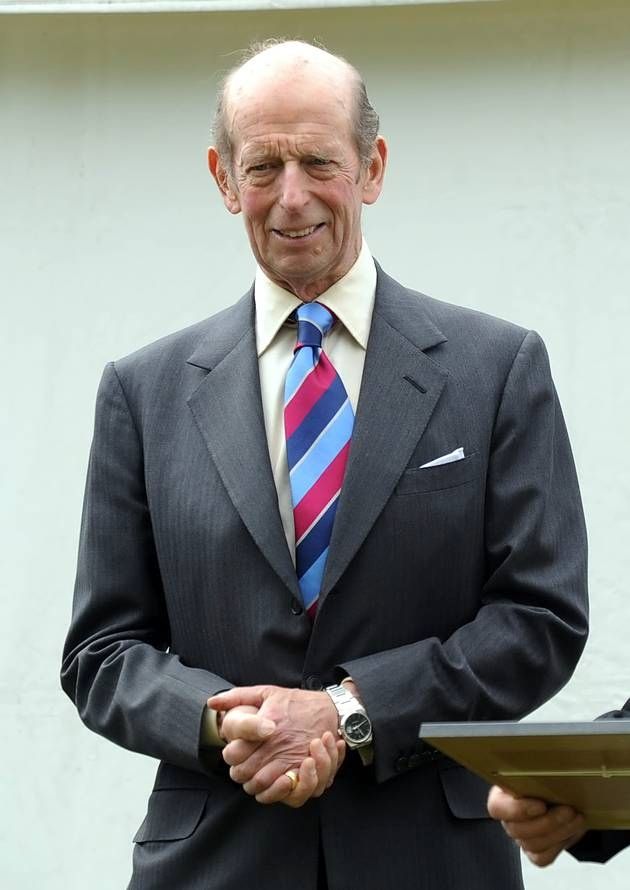 Слава богу ничего серьезного не было, сейчас все нормально. Я сказала моему бывшему мужу, наследнику престола наследному принцу Сербскому Александру, что я здесь, что хочу пойти ко двору [Королевский дворец], но нет — он не пригласил ни меня, ни Филиппа, ни Даника. Попытка походить на семью, чтобы Стефан был с дедушкой, который его практически не знает, не увенчалась успехом. Все это меня сильно ранит, потому что семья – это самое главное. Вы можете быть Караджорджевичем или кем-то еще, носить важные титулы, но семья есть семья ».
Слава богу ничего серьезного не было, сейчас все нормально. Я сказала моему бывшему мужу, наследнику престола наследному принцу Сербскому Александру, что я здесь, что хочу пойти ко двору [Королевский дворец], но нет — он не пригласил ни меня, ни Филиппа, ни Даника. Попытка походить на семью, чтобы Стефан был с дедушкой, который его практически не знает, не увенчалась успехом. Все это меня сильно ранит, потому что семья – это самое главное. Вы можете быть Караджорджевичем или кем-то еще, носить важные титулы, но семья есть семья ».
Герцогиня Сегорбская прокомментировала отречение своего старшего сына принца Петра: « Петр оставил свои права на сербский престол Филиппу, и это акт патриотизма. Он сам сказал, что не готов взять на себя эту обязанность. Его отречение меня вполне устраивает. Во-первых, из-за счастья Петра, а во-вторых, здесь, в Сербии, Филипп женился на прекрасной сербке, которая все это понимает. Видишь, Дана даже похожа на меня, как будто она моя дочь! И мой сын Александр тоже поддержал это, и они с Петром сказали мне: «Мама, что бы Филиппу ни было нужно, мы будем за него бороться». » Затем принцесса добавила: » Отношения с наследным принцем Александром — непростая история. » На вопрос, была ли кронпринцесса Екатерина причиной раскола в сербской королевской семье, принцесса Мария да Глория ответила: « Вы должны спросить кронпринца Александра, а не меня. Он почти никогда не видит своего внука, а Стефан много раз был в Испании, на Рождество и так далее… Это очень грустно. Попытка Стефана быть как семья, быть с дедушкой, не сработала. »
» Затем принцесса добавила: » Отношения с наследным принцем Александром — непростая история. » На вопрос, была ли кронпринцесса Екатерина причиной раскола в сербской королевской семье, принцесса Мария да Глория ответила: « Вы должны спросить кронпринца Александра, а не меня. Он почти никогда не видит своего внука, а Стефан много раз был в Испании, на Рождество и так далее… Это очень грустно. Попытка Стефана быть как семья, быть с дедушкой, не сработала. »
Принцесса Мария да Глория Орлеанская-Браганса вспоминала встречу со своим первым мужем, наследным принцем Сербии Александром: « О, Боже мой, это было прекрасно. Я встретил Александра на обеде в доме моих тети и дяди, графа и графини Парижских, в Эшториле. Он приехал с королем Италии Умберто II, которого мы звали дядя Беппо. Это было время изгнания, вокруг было много королей и князей. Мы с Александром с самого начала стали очень хорошими друзьями, и, поскольку он служил в британской армии, я поехал в Ирландию, где он находился, чтобы увидеться с ним.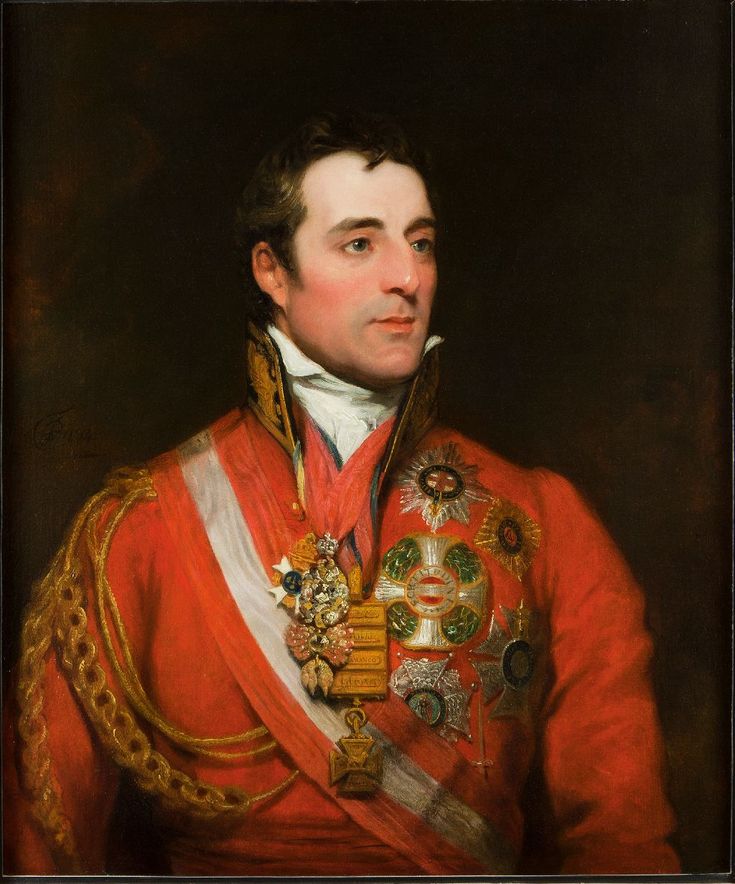 Потом мы обручились, и я вернулся в Бразилию, чтобы рассказать об этом родителям. Моя мать была убежденной католичкой, и первое, что она спросила меня, было не его вероисповедание, а: «Он выше тебя?» »
Потом мы обручились, и я вернулся в Бразилию, чтобы рассказать об этом родителям. Моя мать была убежденной католичкой, и первое, что она спросила меня, было не его вероисповедание, а: «Он выше тебя?» »
Герцогиня Сергорбская отметила, как она гордится всеми своими детьми. » Все мои дети помогают друг другу, они сделают все, чтобы спасти друг друга. Они братья и сестры. В принципе, мы очень счастливая семья. Слава Богу за это. »
Спасибо Лукасу Шкопински за полное интервью на английском языке! Чтобы прочитать все, что должна была сказать принцесса Мария да Глория, герцогиня Сегорбе, перейдите по этой ссылке:
ЭКСКЛЮЗИВ! Принцесса Мария да Глория: «Я прилетела к Филиппу, который был в больнице! Александр не хотел видеть нас в суде»
Дело, поданное от имени герцога Кардоны и Сегорбе, маркиза Палласа и барона города Паллас против законного представителя [т.е. Синдико] деревни Салас относительно запрета на строительство заводов по переработке фруктов, оливок и т.
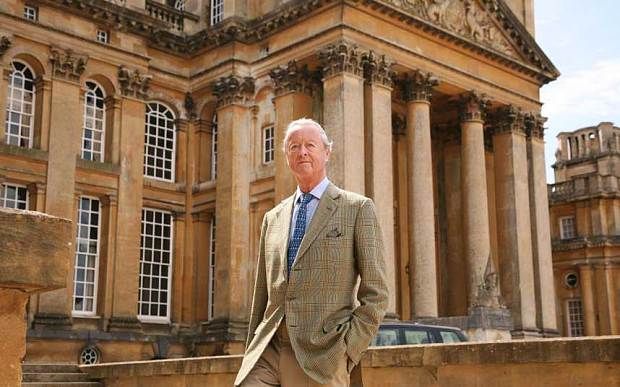 д. в черте города. [ок.XVII в.].
д. в черте города. [ок.XVII в.].
Об этом изделии
Заголовок
- Записка, поданная от имени герцога Кардоны и Сегорбе, маркиза Палласа и барона города Паллас против законного представителя [то есть Синдико] деревни Салас относительно запрета на строительство заводов по переработке фруктов, оливок и т. д. , в черте города. [ок.XVII в.].
Создано/опубликовано
- [Испания] : [издатель не указан], XVII век.
Заголовки
- — Закон
- — Юридическая библиотека Конгресса
- — Западная Европа
- — Испания
- — Кардона
- — Сегорбе
- — Салас
- — сельское хозяйство и еда
- — местное правительство
- — благородство
- — разбирательства и судебные разбирательства
Жанр
- Записи и сводки
Примечания
-
—
Название разработано на английском языке сотрудниками библиотеки.
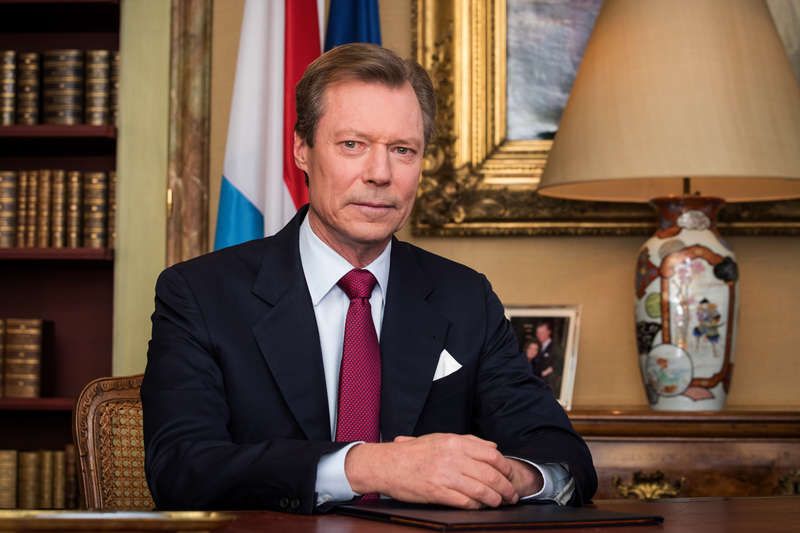
- — Охватываемая юрисдикция: Испания.
- — Также доступен в цифровой форме на веб-сайте Библиотеки Конгресса.
- — Также доступен на микрофильме (Микрофильм юридической библиотеки 84/10004).
-
—
Документ на латинице.
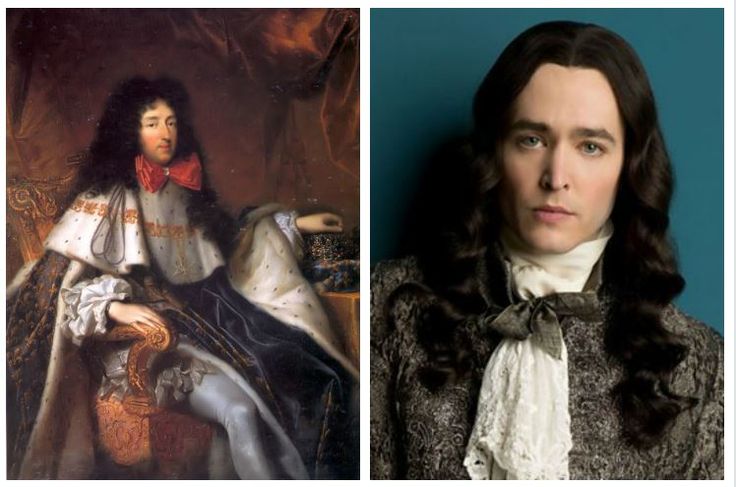
Середина
- 23 страницы
Исходная коллекция
- Испанские правовые документы (15-19 вв.) Краткое изложение №168
Репозиторий
- Юридическая библиотека Библиотеки Конгресса Вашингтон, округ Колумбия 20540 dcu
Цифровой идентификатор
-
https://hdl.
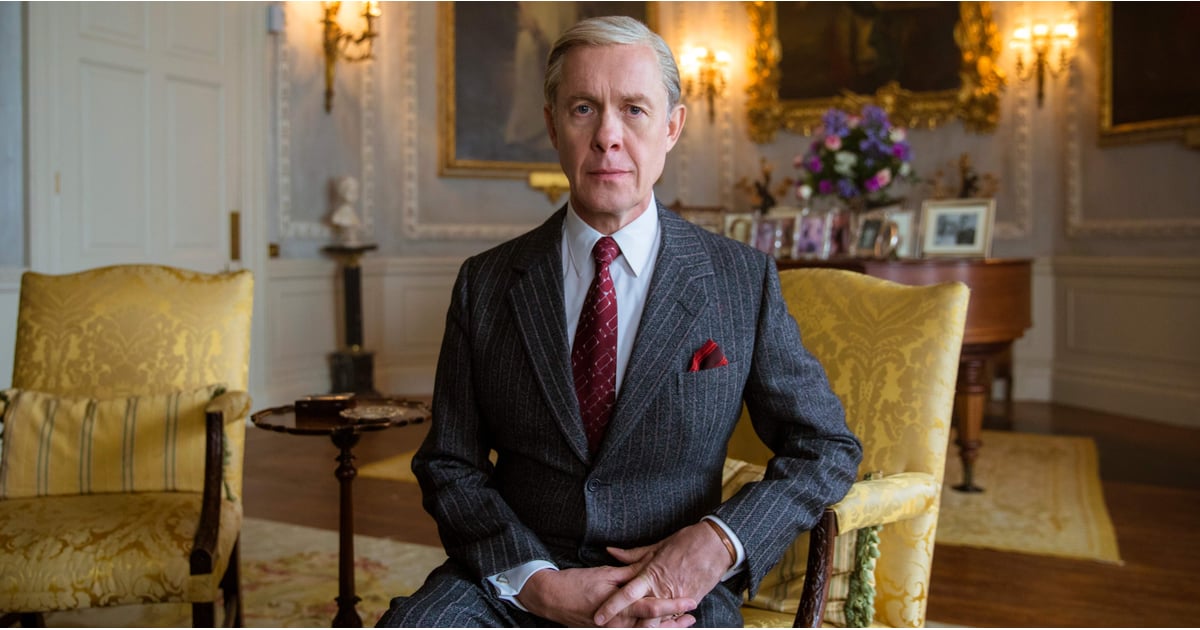 loc.gov/loc.law/llhsp.2018720956
loc.gov/loc.law/llhsp.2018720956
Контрольный номер Библиотеки Конгресса
- 2018720956
Онлайн формат
- изображение
- пдф
Постоянная ссылка LCCN
-
https://lccn.
 loc.gov/2018720956
loc.gov/2018720956
Дополнительные форматы метаданных
- MARCXML-запись
- МОДС Запись
- Дублинская основная запись
Манифест презентации IIIF
- Манифест (JSON/LD)
Часть
- Испанские юридические документы: сводки (1464)
- Испанские юридические документы (15-19 вв.) (2478)
- Юридическая библиотека Конгресса (373,596)
- Онлайн-каталог Библиотеки Конгресса (1 352 013)
Права и доступ
Содержимое коллекции испанских юридических документов Библиотеки Конгресса является общественным достоянием или не имеет известных ограничений авторского права и может свободно использоваться или повторно использоваться.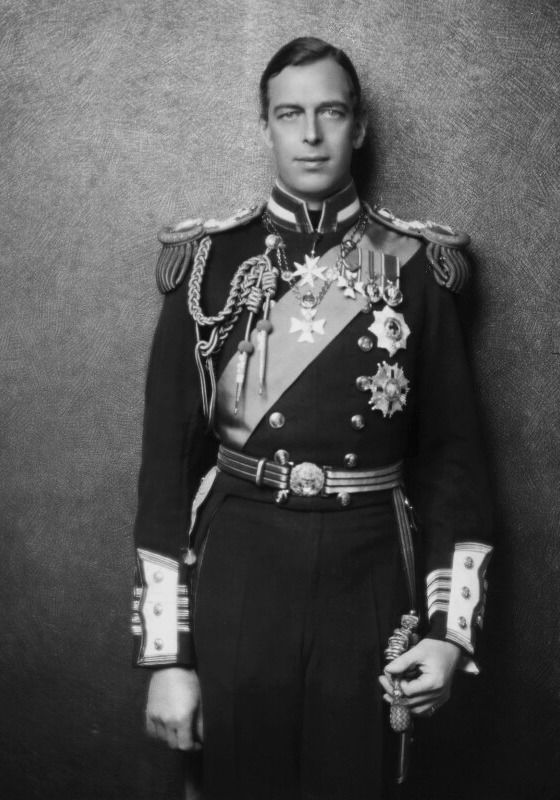
Кредитная линия: Библиотека Конгресса, Юридическая библиотека Конгресса, Глобальное управление по сбору юридических документов, Отдел по работе с коллекциями
Подробнее об авторских правах и других ограничениях
Для получения рекомендаций по составлению полных ссылок обратитесь к Citing Primary Sources.
Процитировать этот товар
Цитаты генерируются автоматически из библиографических данных, как для удобства и может быть неполным или точным.
Чикагский стиль цитирования:
Записка, поданная от имени герцога Кардоны и Сегорбе, маркиза Палласа и барона города Паллас против законного представителя, то есть Синдико из деревни Салас, относительно запрета на строительство заводов по переработке фрукты, оливки и т.д. в черте города. Ок.XVII век . [Испания: издатель не указан, XVII век] Pdf. https://www.loc.gov/item/2018720956/.
Стиль цитирования APA:
Записка, поданная от имени герцога Кардоны и Сегорбе, маркиза Палласа и барона города Паллас против законного представителя, то есть Синдико из деревни Салас, относительно запрета на строительство заводов по переработке фрукты, оливки и т.
